
How I got started as an Illustrator
I often get asked how I got started as an illustrator, so here is an up-to-date account. This is just my story of how I became an illustrator, it is definitely not a guide on how to become an illustrator. Everybody’s path is different and everyone the circumstances are are unique. I think my situation was certainly a little bit unusual!

Getting Better at Drawing People
People often ask me how to get better at drawing people. For me the best way to get better at drawing people in a more natural way, understanding how to show movement and body language, is people watching.

Keeping a Sketchbook
When I was at university keeping a sketchbook was of utmost importance. We had a sketchbook for each project we worked on and a personal sketchbook. At the time I didn’t quite get the true importance of regular sketching, and sketches seemed like a means to an end, a way of progressing through a project.

Finding your Style
I often get questions from people about finding their style, and yesterday I had a really great question. Somebody asked me how she could learn from me, but not just make replicas of what I teach and really make the drawings and paintings her own. I thought this was a great question, so I thought I would share my answer here in case it’s useful to anybody else.

Teaching with Watercolor Summit 0.2 Gouache Edition
One of my big goals for this year is to teach my first online workshop, and I am so pleased to announce that I am! I am so, so excited to be teaching along with seven other amazing artists in the Watercolour Summit 2.0 Gouache Edition.

Confessions of a Workaholic
So many creative freelancers have relentless working practices that end up harming them mentally or physically. I was one of them. I really had no choice but to find a way of working that was sustainable for me physically, emotionally and financially. This is how I changed my habits and moulded my career into something that was no longer actively harming me.

My London Little Black Book
As a Londoner I often get asked for recommendations for what to do when visiting the city. Here’s a list of my favourite places to shop, eat and drink coffee.

Fear of the Blank Page
I don’t personally like the phrase ‘creative block’, but fear of the blank page is definitely real! As an artist and an art teacher I have learnt there are so many things that can hold people back from be creative. Having no ideas, having too many ideas, perfectionism and worrying the painting will be a failure, worrying about wasting expensive materials, and good old fear of the blank page.

A little Guide to the Suffolk Coast
I love Suffolk, I think it’s a little bit overshadowed by Norfolk as a mini break destination, but Suffolk has so much to offer. It’s only an hour and 10 minutes from London on the train and is full of beautiful villages and charming seaside towns.

A Little Guide to Sóller, Mallorca
My husband and I love a European city break, but I've realised in the rush to do and see as much as you can in three or four days it's not always that relaxing. We decided to book a springtime European getaway with a focus on slowing down and relaxing. Sóller in Mallorca was the perfect solution.

How to Sketch While You Travel
Is there anything more relaxing than sitting painting in the sunshine whilst on holiday? However it’s so easy to pack your paints and sketchbook in your suitcase and then leave them there all week! I’m definitely guilty of taking my art materials on holiday, but never actually using them. When you are on holiday and you’ve got a limited amount of time to do and see things it can be difficult to make time to sketch. Here are my top tips for making it happen.
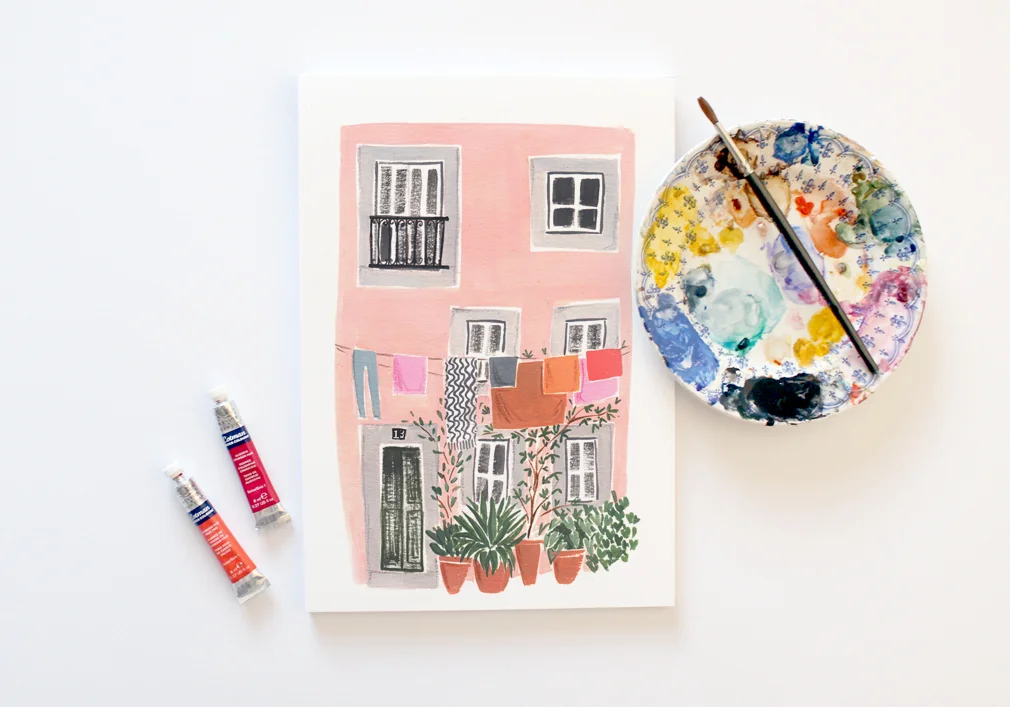
A Little Guide to Lisbon
Lisbon has always been on my must visit list, so when I decided book a mini break as a treat for finishing writing my first book it was an obvious choice. I couldn’t wait to explore the cobbled streets and colourful alleyways of Lisbon.

Instagram for Creatives Workshop
Last month I hosted my first ever Instagram for Creatives workshop in East London.

Why it Doesn't Pay to Work for Free
Working for free has been a big issue for a long time in the illustration industry, but I really feel it's becoming a bit of a problem at the moment. Here are the reasons why I think it doesn't pay to work for free.
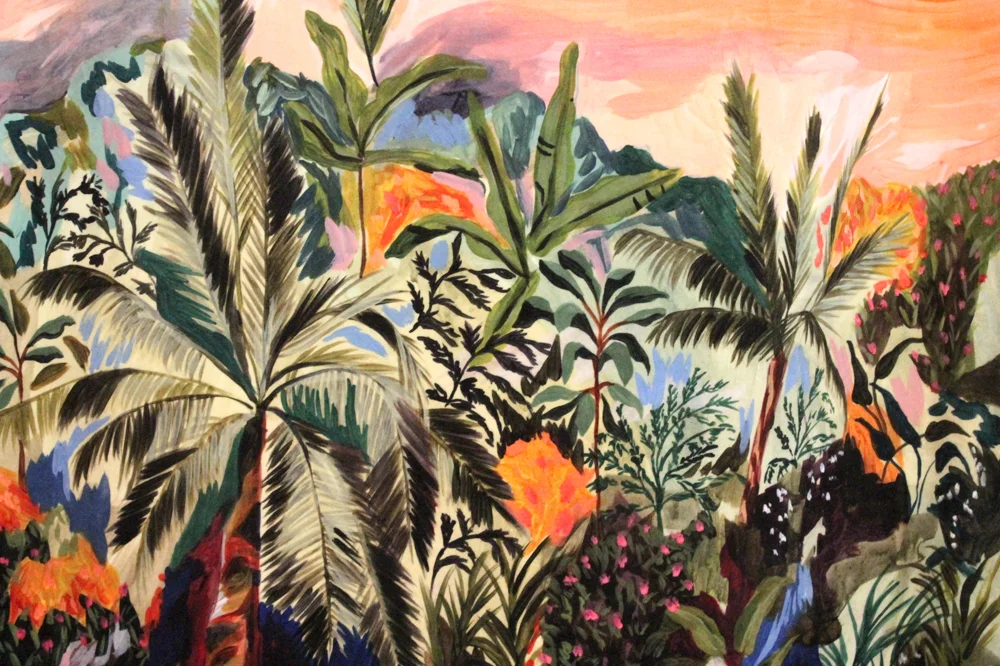
Joules x New Designers
Exploring the latest textile trends at New Designers in association with Joules.

Peru Part 2 - The Sacred Valley
On the second part of our Peruvian adventure we explored the Sacred Valley, including Ollantaytambo, Moray, Maras, Chinchero and Pisac.
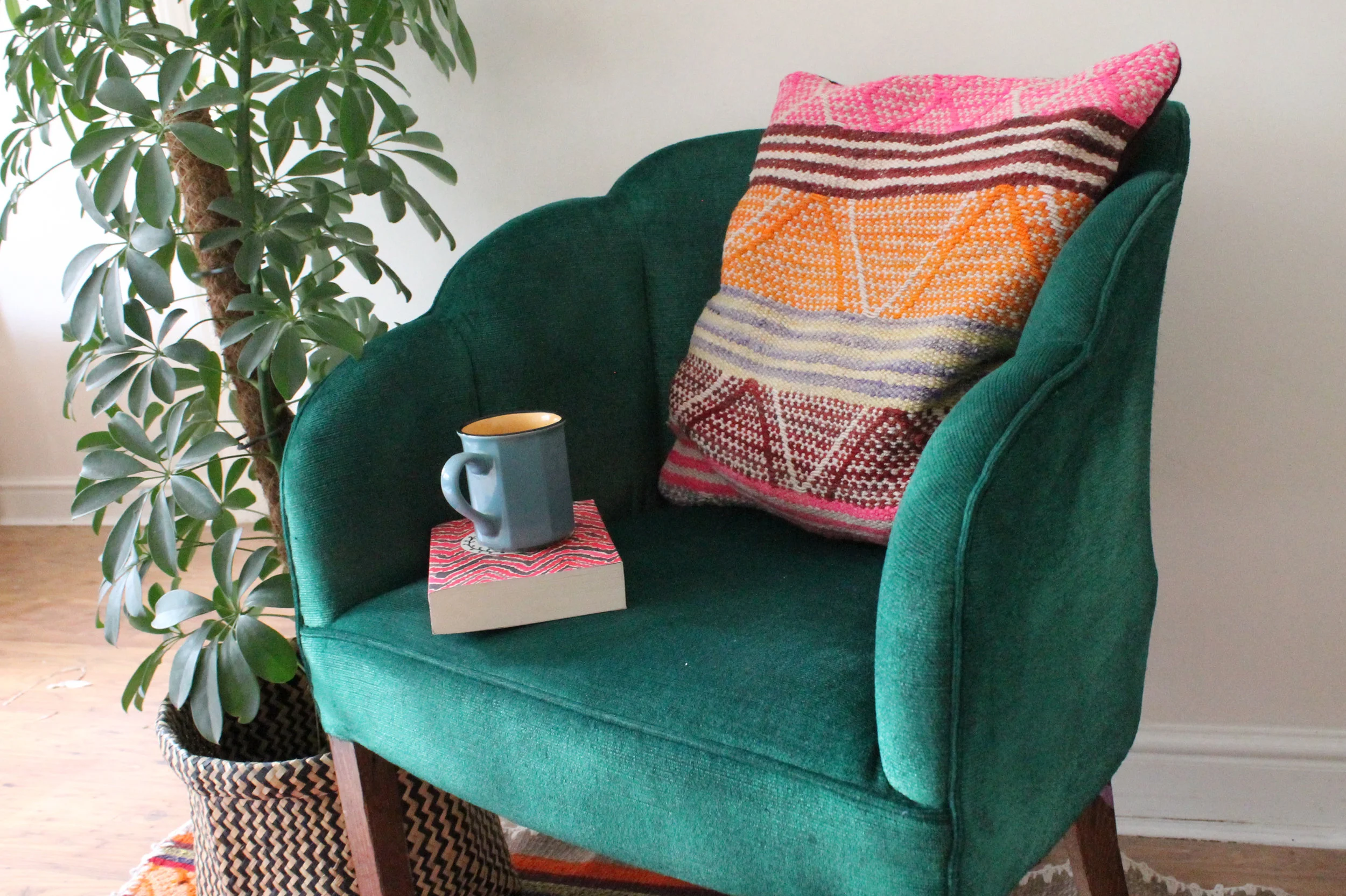
How to Paint a Chair
Find out how I saved £900 and gave my antique chair a new lease of life by painting it.

A Few Wise Words
Over on Instagram I shared some of my top tips as part of #MarchMeetTheMarker. They were just a few nuggets of wisdom I have cleaned in my 5 1/2 years of freelancing. It was one of my most popular ever Instagram post, so I thought I would share it again here. Obviously I am a freelance illustrator, but I think this advice could apply to any freelance creative.
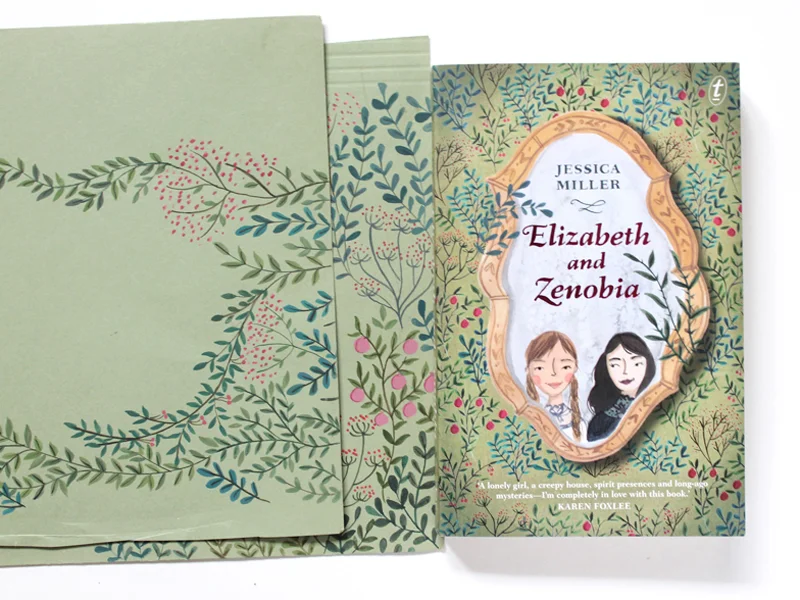
Illustrating a Book Cover
Last year Text Publishing got in touch with me about illustrating a book cover for an upcoming chapter book. It was a really lovely project so I thought I would share a behind-the-scenes peak with you guys.
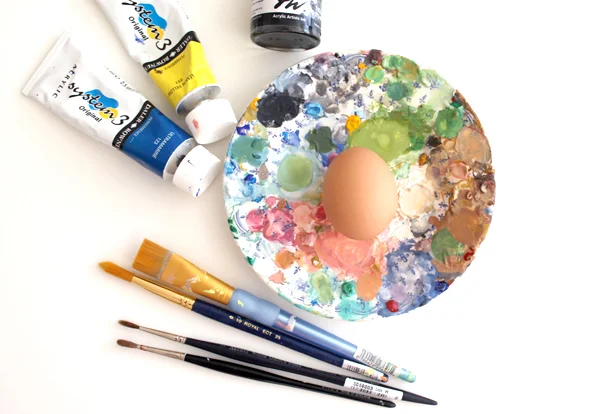
A Guide to Painting Easter Eggs
Painting blown easter eggs has become something of a yearly tradition for me. I have produced a little step by step guide to painting eggs, just in case you want to have a go!
